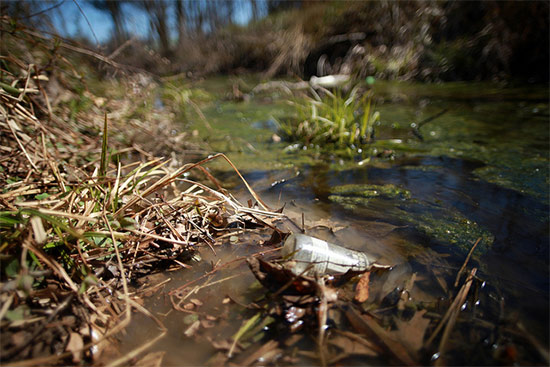Court upholds Chesapeake Bay pollution diet
A federal judge has affirmed the EPA's role in reducing pollution across the watershed.
A federal judge ruled last week that the U.S. Environmental Protection Agency (EPA) can set pollution limits for the Chesapeake Bay, upholding the Total Maximum Daily Load (TMDL) that has guided water quality restoration efforts across the region since it was issued in 2010.

The TMDL, also known as the Bay “pollution diet,” set limits on the amount of nitrogen, phosphorous and sediment allowed to run into the Bay each year. It required the seven Bay jurisdictions to write Watershed Implementation Plans, which make clear the steps that each will take to reduce pollution from urban, suburban and agricultural runoff, wastewater treatment plants and other sources. Pollution-reducing practices are being put in place across the watershed, and are expected to help combat the excess nutrients and sediment plaguing the nation’s largest estuary.
In 2011, the American Farm Bureau Federation and the Pennsylvania Farm Bureau—who were soon joined by the Fertilizer Institute and a number of agricultural trade associations—filed suit against the EPA, claiming the federal agency lacked the authority to issue the so-called “arbitrary” and “capricious” TMDL. The Chesapeake Bay Foundation and several local and national partners intervened in the lawsuit to protect the cleanup. Pennsylvania Federal Judge Sylvia Rambo has ruled the plaintiffs failed to prove their case.
According to Rambo’s ruling, the Clean Water Act grants the EPA the authority to set pollution limits on impaired waters: “The [Clean Water Act] is an all-encompassing and comprehensive statute that envisions a strong federal role for ensuring pollution reduction… Considering the numerous complexities of regulating an interstate water body, EPA’s role is critical.”
An EPA spokesperson called the ruling “a victory for the 17 million people in the Chesapeake Bay watershed.”
More than 47,000 TMDLs have been issued for rivers, streams and other water bodies throughout the United States, but the Bay TMDL is the largest and most complex. Learn more on the EPA’s TMDL website.

Comments
There are no comments.
Thank you!
Your comment has been received. Before it can be published, the comment will be reviewed by our team to ensure it adheres with our rules of engagement.
Back to recent stories